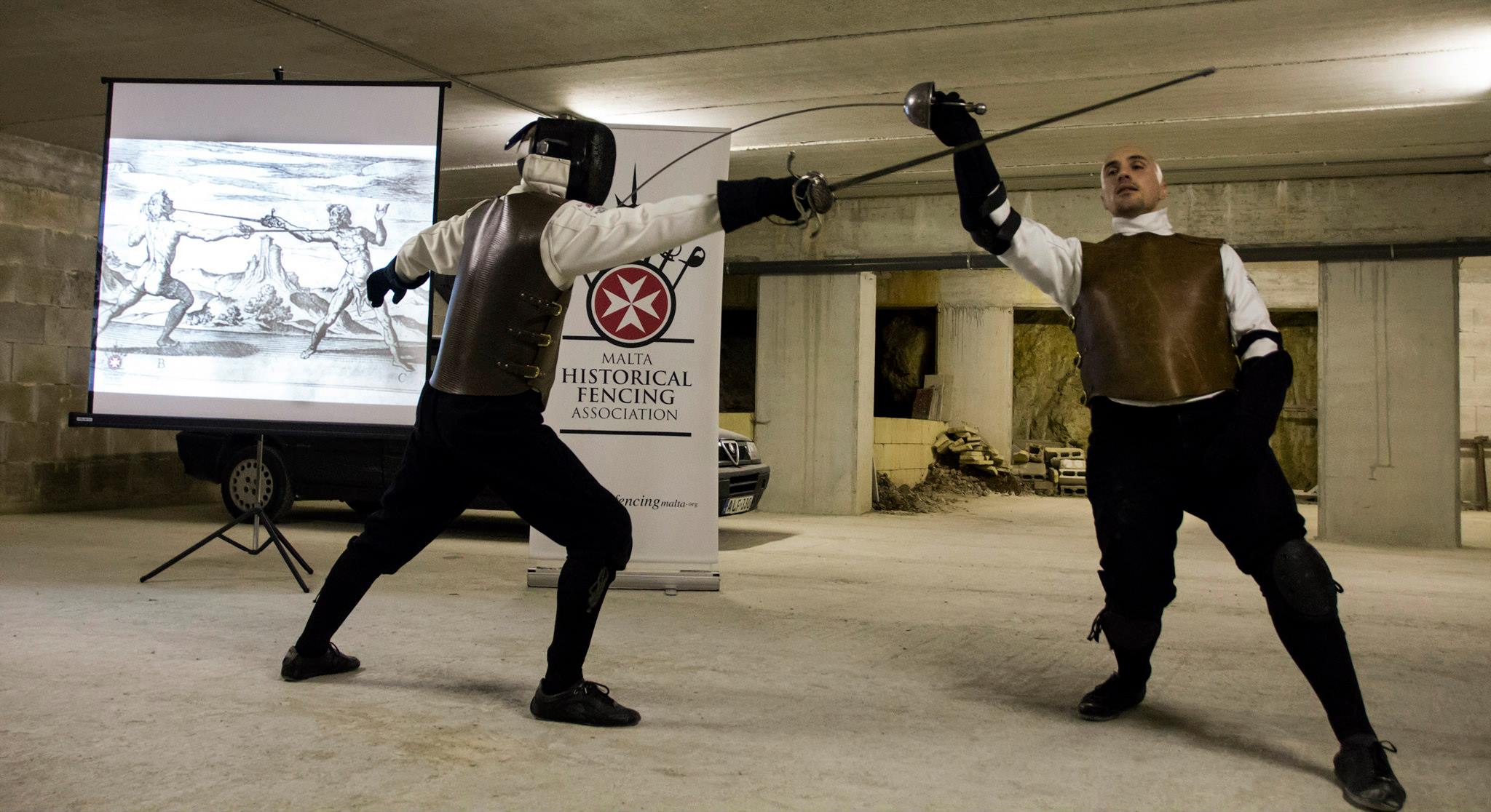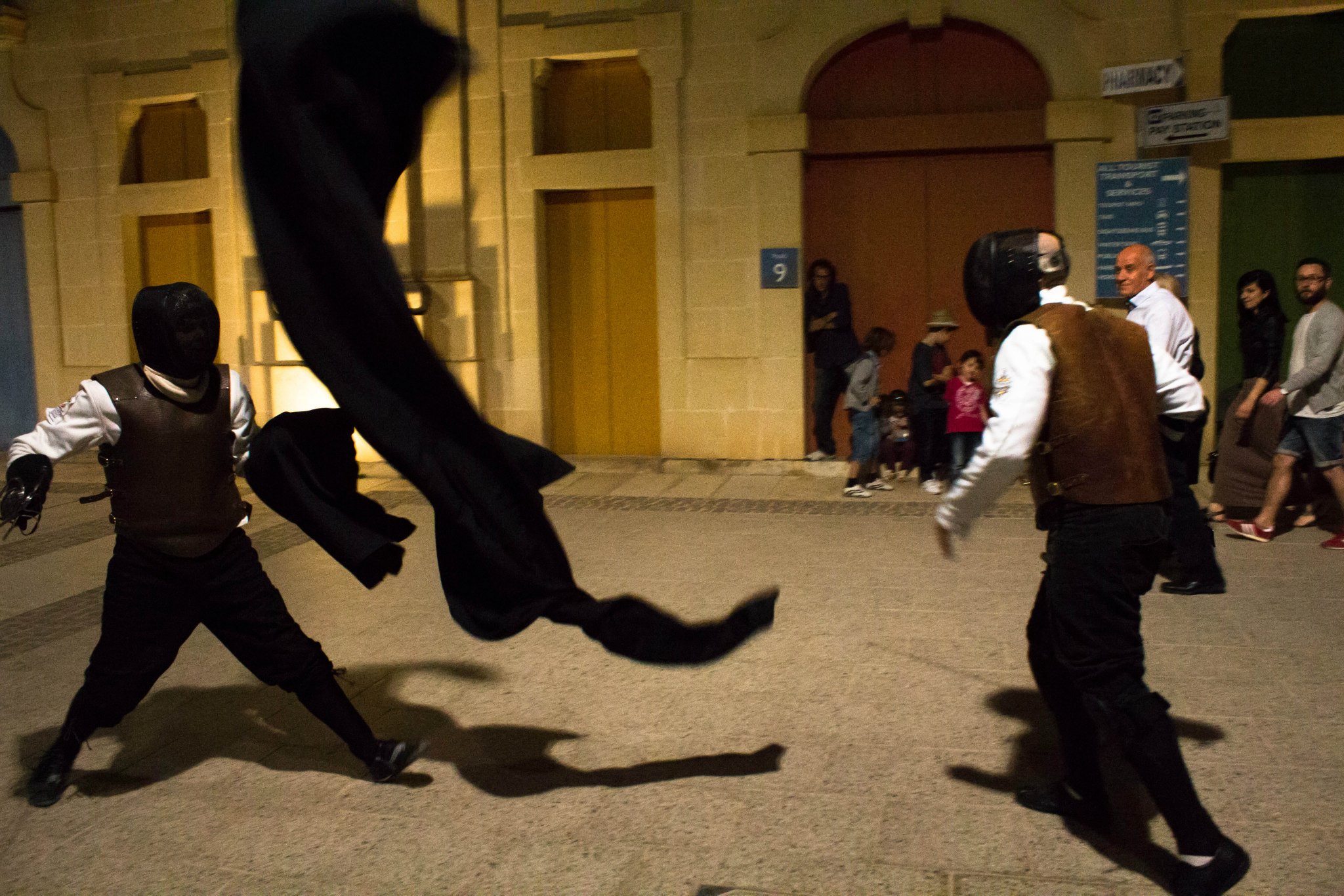The Rapier
A descendant and contemporary of the sidesword, the rapier is a fascinating byproduct of Renaissance culture, aesthetics, and science.

Societal changes in many European cities in the late 14th century created a situation where the middle class was becoming at least as wealthy as the nobility, and in many cases even wealthier. Since rich attire was no longer enough to distinguish themselves from their fellow citizens, many men of noble birth took to wearing their swords while going about their daily business to assert their status as gentlemen in a time when the primary role of a gentleman was that of a fighter.
This fashion was soon picked up by upwardly mobile young men, and soon it became unthinkable for a man of any aspiration to be seen without a sword. And not just any sword, but the best looking one they could afford, which is one of the reasons why rapiers are among the most beautifully decorated swords one may see.
These swords and the industry that surrounded them seeped into culture to such an extent that we can see traces of them in the popular culture of the time. In Shakespeare's Romeo and Juliet, to give one example, several insults exchanged between the players are allusions to the claims made by the Italian masters of the many rapier schools that were in fashion in England at the time.
Unfortunately this proliferation of weapons among young men trying to come (or stay) up in the world had the obvious side effect of a general increase in public violence. Given the importance of one's reputation in society - a bad reputation in this time could very well kill off all prospects of doing business or even raising a family - fights over actual or imagined slurs became even more commonplace. It was also not uncommon for young men to look for occasions to take offence, just to build their reputations.
Duelling became a common practice all across Europe, and while it was never legalized anywhere it was tolerated in a number of places as it did at least provide some structure and a formal means of deescalating violence without either party losing face. In Malta the penalty for duelling in Valleta at this time was excomunication, but judging by the number of records of duels to be found, this was not a spectacularly effective deterrent.
In the early days of this period, the sidesword was most commonly used; however this transition from military to civilian use caused a number of changes over time which would eventually produce what we now call a rapier. Since the sword would not be needed to face the kind of threats one might find on the battlefield, lighter blades were made which would be easier to carry around a crowded city.

Lighter blades tend to have less cutting power, but the distinction is almost academic when it comes to unarmoured targets. Combined with a better point control, the style of fighting also started to change, favouring the use of the point; this allowed the fighters to rely on the length to protect their unarmoured bodies.
Of course this meant that longer blades became even more advantageous, which is why we find laws in history such as the one from Elizabethan England, stating that rapiers worn in London must not exceed a yard and half a quarter (just over 100cm) in length. We also find various proclamations in continental Europe which condemn the rapier as nothing more than a murder weapon. The Order of St. John further ruled that no rapiers could be carried in Valletta except by its knights, but it was either unwilling or unable to make the brethren - representatives of several of Europe's most prestigious bloodlines - give up the weapon.
In the end however it was fashion that brought and end to the age of the rapier, just as it had brought it about. As pistols became the new go-to weapon for duels of honour, the rapier's size was no longer a critical advantage, and shorter rapiers, better suited to be carried about in carriages and worn with the latest style of coat, became all the rage. These short rapiers, forerunners to the smallswords, were enthusiastically adopted by the trend-setting French, and soon enough no one would be seen dead wearing a rapier.
Rapier and dagger
Daggers were commonly worn in civilian life well before the rapier; they are not just a weapon, they are a useful tool in everyday life. Several sources document the use of a dagger in the off hand along with the rapier; it is a formidable combination, as the dagger provides a second line of defence, and allows control of an opponents blade in a bind.
Because of the difference in length, the dagger is most often used defensively; the rapier fencer is advised to use the full length of the primary weapon as much as possible, as this keeps the fencer's body further away from the danger.
Should the fighting get too close of course, it is also a weapon in itself.
Rapier and cloak

Apart from keeping one dry and warm, thick cloaks and capes could also be used in defence. Wrapping a cloak around one's arm already gives one an improvised padded glove, but some sources also document the use of the overhang to deflect thrusts and absorb cuts.
While using a cloak as a shield requires a certain presence of mind - waving it about mindlessly is more likely to hinder you than anything - used properly it is both an excellent defence and a distraction for your opponent. It obstructs vision, can be used for tripping, and in the right circumstances it can also be thrown, momentarily entangling a sword or even your entire opponent.
Our Curriculum
The style of Rapier we practice is taught by Maestro d'Armi Andrei Xuereb and has the base structure and concepts of the Sinclair method as taught at FISAS in Italy, with additional research and development from historical sources.
We classify our rapier practice in two groups.
The early version having a number of rings to protect the sword hand so more emphasis is given in taking certain angles and better defenses using the blade. Examples are shown in the treatises of Salvato Fabris 1606 and that of Ridolfo Capoferro in 1610.
Then the more common type of Rapier we practice is the later cup-hilt version as seen in treatises like that of Giuseppe Morsicato Pallavicini in 1670 and even later ones like Bondi' di Mazo 1696. We could even take it as far as the later duelling Italian sword of the late 1800's. Since it offers the most protection to the hand holding the sword, this later style allowed the fencer to have a more linear and narrower defense and almost hiding behind the protective cup.
Back to weapons